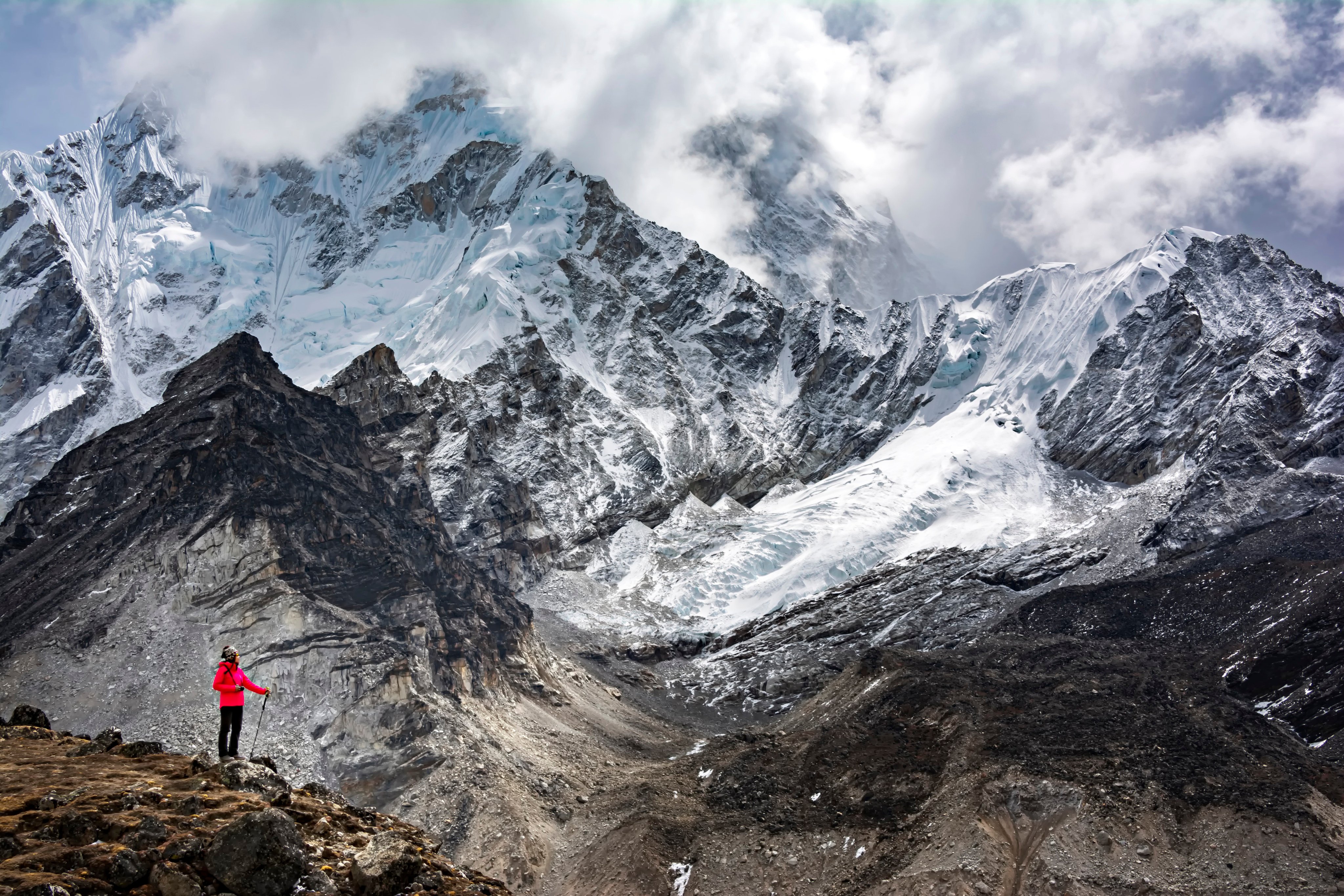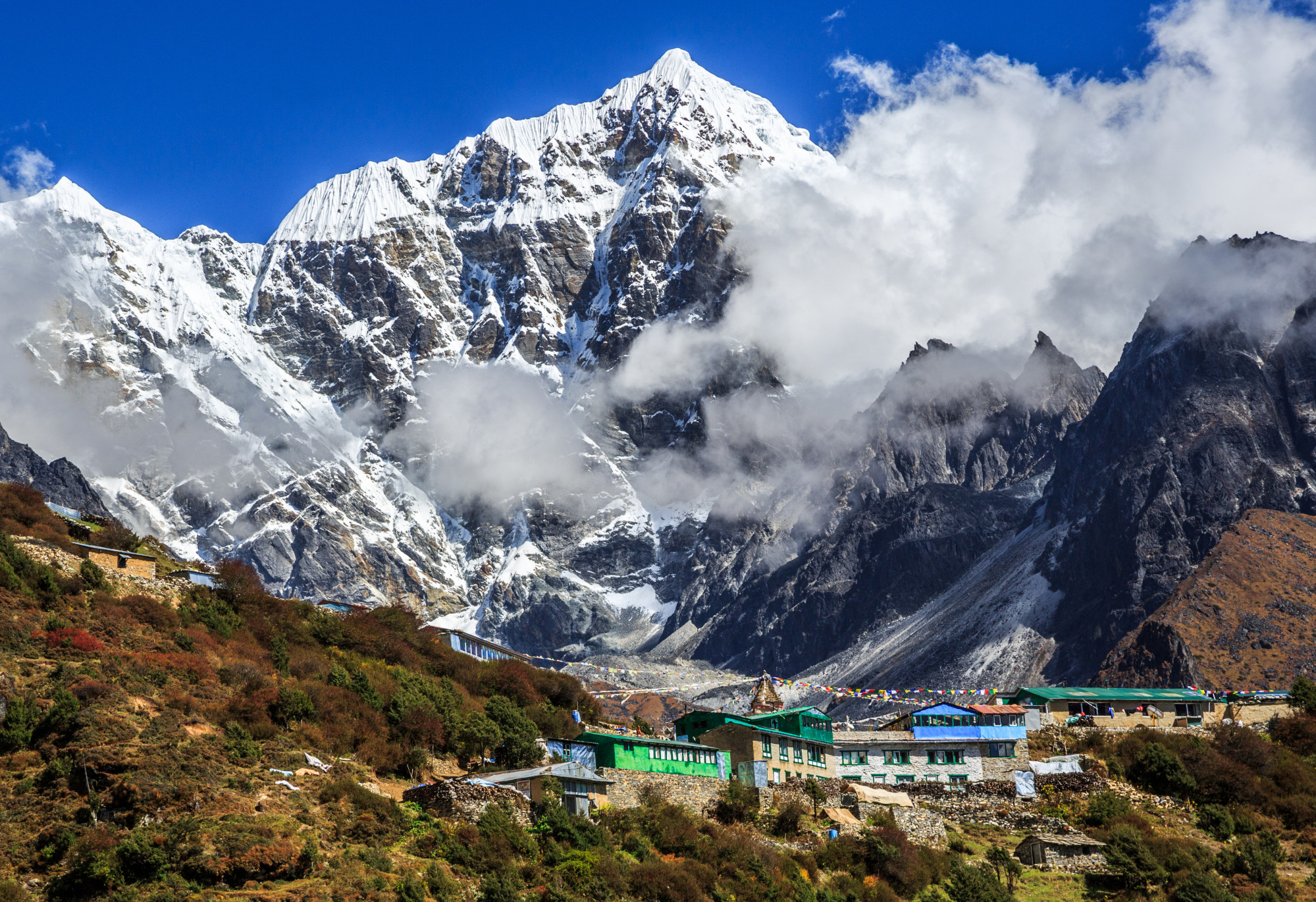British climbers conquer Mount Everest in record time using Xenon gas innovation
Xenon is a colourless, odourless gas with anaesthetic properties that can improve acclimatisation and protect against altitude sickness

Four British climbers became the first to scale Mount Everest on Wednesday using Xenon gas, which helped them save several weeks that mountaineers need to get used to high altitudes, an official of their expedition organising company said.
Normally, climbers spend several weeks or even months on the mountain to allow their bodies to adjust to higher altitudes before trying to reach the summit of the world’s highest mountain. It is extremely dangerous to go up if the climber is not properly acclimatised.
The British climbers, who had inhaled Xenon gas in Germany before embarking on the expedition, climbed the 8,848 metre (29,032 feet) peak in less than five days after departing London, said Lukas Furtenbach of the Austria-based Furtenbach Adventures that organised the expedition.
They slept in special tents that simulate high-altitude conditions at home before heading to the mountain, and used supplemental oxygen like other climbers during their ascent.

Xenon is a colourless and odourless gas found in very small amounts in the earth’s atmosphere and is known to have some anaesthetic properties and medical uses.
“Xenon improves the acclimatisation and protects the body from altitude sickness and the effects from the hypoxic environment,” Furtenbach said in a text message from the base camp, referring to the low oxygen environment in the mountains.
Furtenbach, who has logged four Everest ascents, said Xenon gas was used by guides before, but it was “the first time for clients”, or ordinary climbers.
Xenon made the climb safer and shorter as it kept the climbers properly acclimatised, he said.
“[A] shorter expedition also means less garbage, less resources, less human waste in this sensitive environment,” Furtenbach said. Piles of garbage dumped by climbers have been an issue on Everest in recent years.

American climber and guide Adrian Ballinger of the Alpenglow Expeditions company called the use of Xenon a “stunt … it’s never seemed like the type of experience we want to provide.”
“Everyone should climb the mountain in a form they are proud of. If these climbers are proud of this style, then that’s their choice,” Ballinger said.
Nepal has issued permits to 468 people to Everest during the current March-May climbing season, and more than 200 have already topped the summit so far.